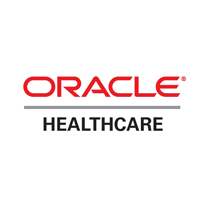Leeds Teaching Hospitals NHS Trust has implemented Oracle’s Business Intelligence Enterprise Edition to provide it with in-depth data on financial, clinical and operational performance within the trust.
The trust, which had a business intelligence system in place, decided to replace it after realising that it needed to be able to deliver more than one report to each user at a time.
Robert Angel, assistant director of finance systems at the trust told eHealth Insider: “The previous approach was not multi-portal and it took at least a minute and a half to run the reports if you wanted to do multi period analysis. There were also a number of limitations around printing.”
Leeds decided to go with the Oracle system after seeing it in use at another trust. Angel added: “The new system is far more powerful and provides end users with a very rich, very fast, analytical tool.
“They can start off looking at a very high level picture and then within a few clicks they’re down to very minute details. In addition you can specify what each user can see as well as build your own portal solutions and deliver them to a subset of users.”
Leeds has rolled out the system to 750 budget holders across its eight main sites. Over the next few months, it intends to extend the functionality into clinical areas, so they are able to monitor key statistics – including waiting times for operations – as well as performance against national targets.
The trust will also use the system to provide the reports to Monitor that it needs to submit in order to achieve foundation trust status.
Angel said: “The cost of the solution has been quite modest and it has only taken two people to set up the database on the servers, get OBIEE on the system and create architecture and portal. The only real investment has been the hardware.”
He said that he expected to save around £15,000 this year, which would cover the cost of the system. He said this would predominately come from the time saved accessing the reports, from printing, from spending less time on handing data and from cutting back on the expense of consultancy.
The trust expects additional savings as it is used to generate additional reports and allow staff to take remedial action much more quickly.

